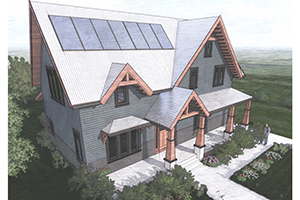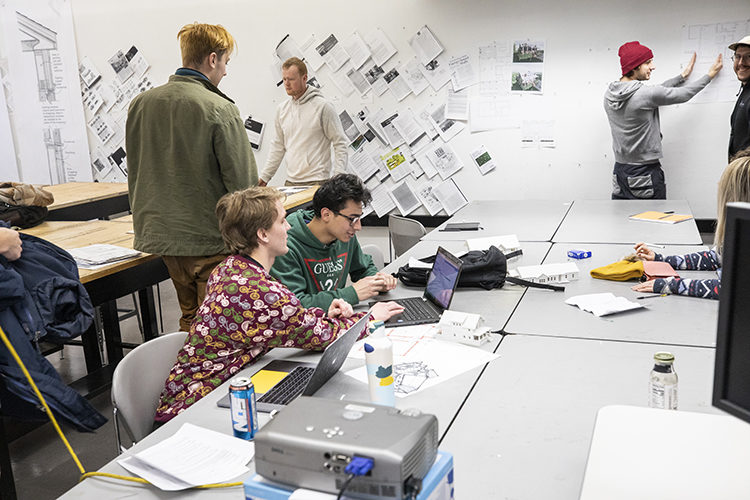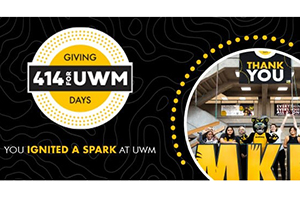UW-Milwaukee and UW-Madison may be rivals on the basketball court, but students can team up in an energy competition.
For the fifth year in a row, a group of architecture students from UWM and engineering students from UW-Madison are working together to design a house for the U.S. Department of Energy’s Solar Decathlon. This year their Studi0 Zero team is being joined by students from Madison Area Technical College who will be helping construct one of the houses.
The UWM/UW partnership team was selected in late February as one of the finalists to present at the U.S. Department of Energy’s Race to Zero Solar Decathlon Competition, which was to be held April 17-19 in Golden, Colorado.
This year’s competition will be conducted digitally because of the coronavirus travel restrictions, according to Mark Keane, professor of architecture who is working with 13 UWM students from the School of Architecture and Urban Planning. Mike Cheadle, engineering lecturer at UW-Madison, will be working with eight students from Madison.
“Climate change will not wait around for coronavirus,” Keane said.
The students will video record themselves on stage presenting a PowerPoint that will have a virtual reality film embedded. Speakers will present diagrams, then the large scale model on stage, then move into a virtual reality walk-through of the interior spaces. The presentation will be sent out nationally to reviewers.
The goal of the competition is to create sustainable homes that fight climate change by reducing energy consumption, said Keane.

The focus is on creating a base model suited to the climate of the upper Midwest. The team has chosen modern farmhouse and arts and crafts styles, using best practices for zero net energy.
For the first time, the team is partnering with three clients who will actually build the models on three different sites across Wisconsin.
One house in Verona, Wisconsin, is being designed as a starter home for a young family. With Epic Systems, an international medical software company in Verona, and the area’s proximity to Madison, the residential market in the area is strong, Keane said.
The second house, which will be built in Jackson County, is a retirement home for a couple. The third home, which will be built in Osceola, Wisconsin, is part of the Community Homestead, and will provide independent living in a farm setting for four special needs young adults.
The students will design a 1,200-square foot base home that can be customized and expanded with a kit of parts. The Verona home will be built by construction students from Madison College.
The students are also partnering with seven homebuilders and architects who will review their plans and offer advice on the marketing potential. Students from UWM and UW-Madison and faculty from Madison College made a presentation to clients and partners in November.
“All three clients have weighed in on multiple occasions just like the real world and the students are responding with stronger schemes,” Keane said. The final report is due March 30, and the final presentation April 14.
Good learning experience
The collaboration is a good learning experience for both the architecture and engineering students on the team, Keane said, giving both groups a chance to learn more about the other profession’s approach to saving energy.
Architecture students, who are working together in a studio class, for example look at how to site the house to take advantage of natural light and sun, create a well-insulated “envelope” using cost-effective structural insulated panels. At the same time, the design has to allow for good ventilation for comfort and remain durable for decades in Wisconsin’s harsh environment. Engineering students are working to develop the most energy-efficient heating and lighting systems using solar panels with backup heat sources and energy-efficient appliances.
One key factor will be designing homes that can be built economically, Keane said. Low energy homes are popular in states like Arizona and California, but designing and building them in the Midwest is often more expensive.
The group home in Osceola operates on a shoestring budget, Keane said. “We can’t do this without considering expense. “We must do this with a budget in mind.”







